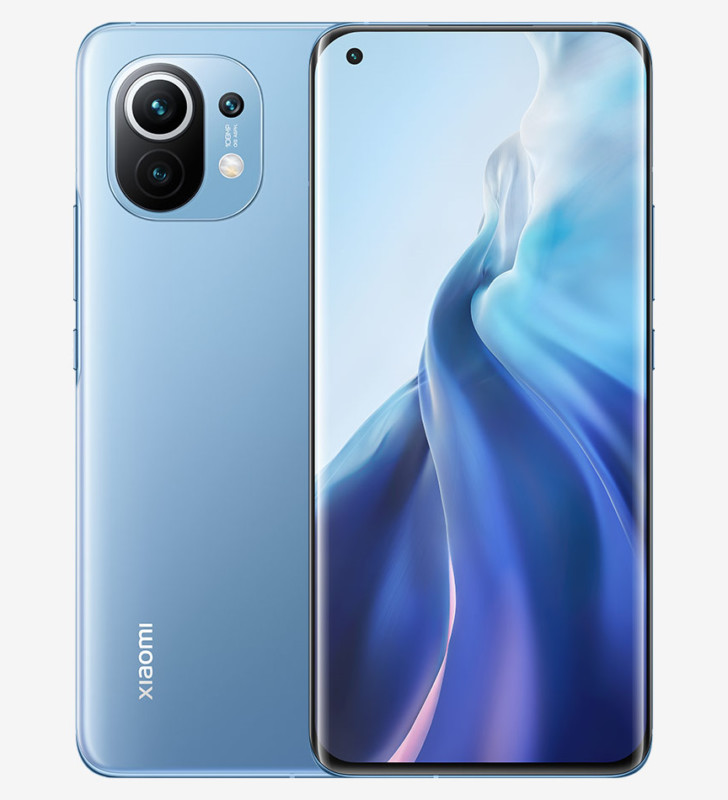
![]()
Xiaomi today announced the Mi 11 smartphone which houses an impressive new low light technology. Quality nighttime photo-taking capability has been a thing for some time, but this latest device is the world’s first to implement a Night Mode for video.
The Mi 11 is the first smartphone to use Qualcomm’s newly-showcased Snapdragon 888 processor. When first revealed, Qualcomm promised that it would open new possibilities in computational photo and video applications, and Xiaomi’s latest is the first example of a consumer-ready product that can showcase those promises.



Smartphones that use computational information to capture night photos do so by capturing light over a long period and merging those many frames together to produce an enhanced image. This is a tried-and-true method that has been implemented across the industry, but expanding low light performance in video requires a different approach. Because video requires, typically, between 24 and 30 frames to be captured a second in order to produce smooth, real-time video, each rapidly captured frame needs to be enhanced and the enhancement has to happen nearly instantly.
To solve the problem, Xiaomi partnered with Boston-based AI-powered imaging enhancement solutions company BlinkAI. The company develops deep learning software that allows the Mi 11 to dramatically outperform expected results when shooting video in low light situations. BlinkAI’s processing software works alongside Qualcomm’s Neural Processing Unit on the Snapdragon 888 to apply machine learning algorithms to noisy, low-quality video frames taken in low light and improve the quality in milliseconds.
BlinkAI says that its technology is built on the neural network framework that attempts to mimic how the human visual system works and is based on its “groundbreaking deep learning imaging research.” BlinkAI says that its aim is to assist camera hardware in capturing images under challenging settings in the same way that human vision naturally does.
BlinkAI claims that its computational solutions enable up to five times amplification of illumination and the initial results that have emerged thanks to this confluence of technologies is impressive:
Xiaomi has also uploaded a video that you can watch here that additionally shows how the technology makes shooting video at night much clearer.
Xiaomi’s success with integrating technology from BlinkAI using the power of the new Snapdragon 888 is a good way to anticipate what might come from other Android-based smartphones that are more easily acquired in the west (like Samsung or LG). If what Xiaomi has shown here is any indication of what can be expected out of the next generation of smartphones, there is a lot to be excited about.

